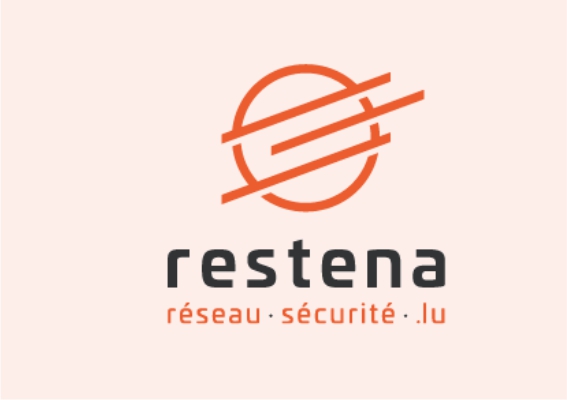 Credit: RESTENA
Credit: RESTENA
In April 1992, the Restena Foundation, then in the form of the RESTENA research project, was delegated the management of the '.lu' top-level domain name, thus strengthening Luxembourg's presence on the internet.
30 years later, .lu is still managed and operated by the Restena Foundation, but the connectivity to the internet provided by the research and education network, which was the only interface to the internet back then, has evolved.
The first registration of a .lu domain name was carried out in April 1992 by the team of the RESTENA project – turned into the Restena Foundation in 2000 – based at the Public Research Centre Henri Tudor (now Luxembourg Institute of Science and Technology – LIST). The young team had just connected Luxembourg’s higher education and research institutions to a dedicated network (RESTENA network) set up by themselves. It built on its commitment and the expertise developed while setting up this closed community network to connect, this time, the entire country to the internet.
The RESTENA team hence set out to obtain management of the .lu domain and connect to the global internet. First, it was allocated a significant number of IP addresses, so as to properly develop. Second, the Internet Assigned Numbers Authority (IANA) activated and delegated the management of the .lu and third, Restena established a physical connection, with its partners, to an access point of the global network. In April 1992, Luxembourg therefore became the 34th country to connect to the internet. The research and education institutions connected to the RESTENA network were the first to benefit from this access and digital service.
The research and education network, the first stepping stone to the internet
As the months went by, the internet expanded and reached the whole society. Gradually, more and more entities wanted to obtain domain names and internet access. In particular also entities not connected to the RESTENA network. At that time though, the only network connected to the internet in Luxembourg was the research and education network. Thus, the RESTENA network naturally emerged as the gateway to the internet.
From 1994 onwards, commercial network service providers were also looking at offering internet access to their customers. To launch and develop their services, they called upon RESTENA’s national and international telecomputing infrastructure and used the RESTENA network for their internet connection.
Gradually as the national market grew, RESTENA created an Internet eXchange (IX), the Luxembourg Internet Exchange (LIX), alike to those already existing at that time in countries where the internet was further developed. This first Luxembourg internet exchange node allowed the interconnection of local networks. It complemented the slow and expensive international connections and strengthened the internet. LIX remained active until 2011 when its activities were incorporated into the second and still existing internet exchange point with a more commercial vocation, LU-CIX, set up in 2009.
.lu, a complementary activity to the network
In 2022, Restena's core business -interconnecting and providing network and security services on behalf of Luxembourg's research and education sectors- is still closely linked to the internet. While the national research and education network has grown technically and in terms of services, some employees took charge of the majority of the technical management of the LU-CIX platform, but not only.
When the .lu registry started, Restena managed all aspects of domain name registration. It first allocated domain names free of charge to anyone requesting them. While the commercialisation of the internet generated an explosive demand, these allocations became chargeable in 2000 to cover the related costs. A few years later, in 2006, accredited registrars were created and took over registration requests, allowing Restena to focus primarily on the central management of the .lu.
Securing internet services
Today, with more than 110,000 .lu registered domain names and a steady rate of 1,000 to 2,000 new registrations per month for more than a decade, the .lu registry has reached its cruising speed. Over the past several years, Restena has sought to increase the security of the infrastructure. Both Resource Public Key Infrastructure (RPKI) and Domain Name System Security Extensions (DNSSEC) are operational, improving internet routing security and protecting the .lu DNS (Domain Name System) zone.
The trend initiated at the infrastructure level should, however, be reinforced to address the demands and threats of the web. One of the future challenges to be met will be to pursue cybersecurity efforts so that all internet users in Luxembourg benefit.








